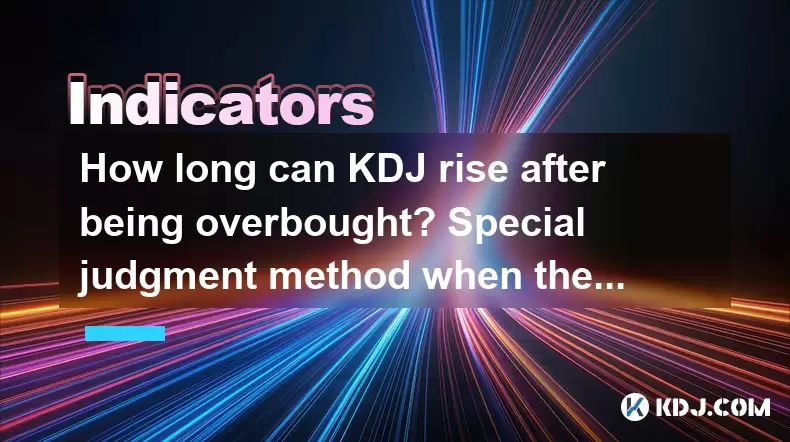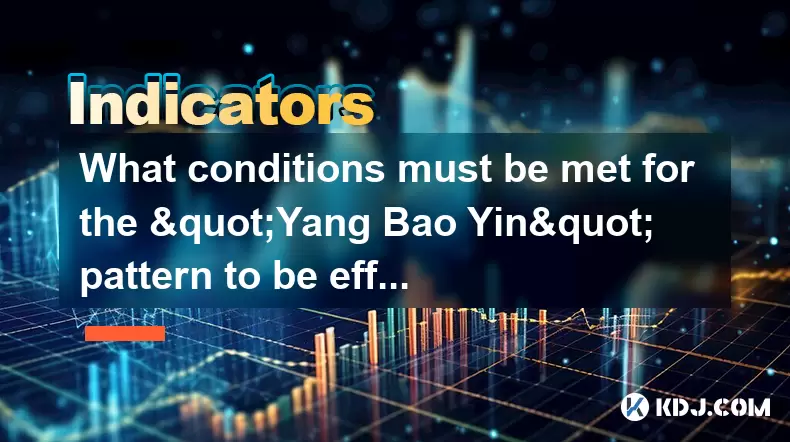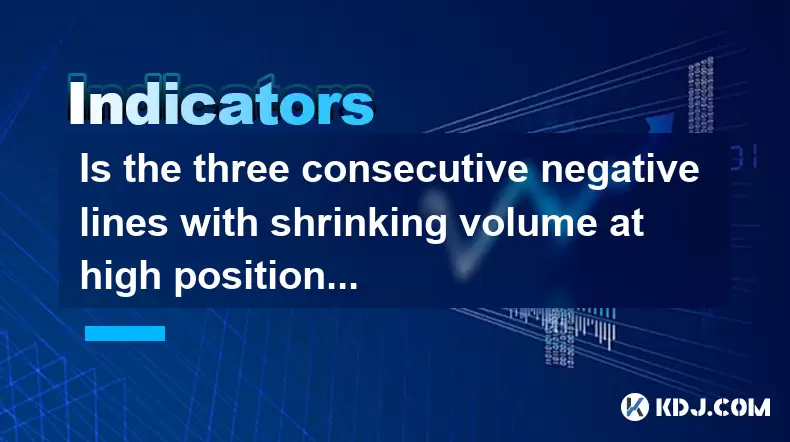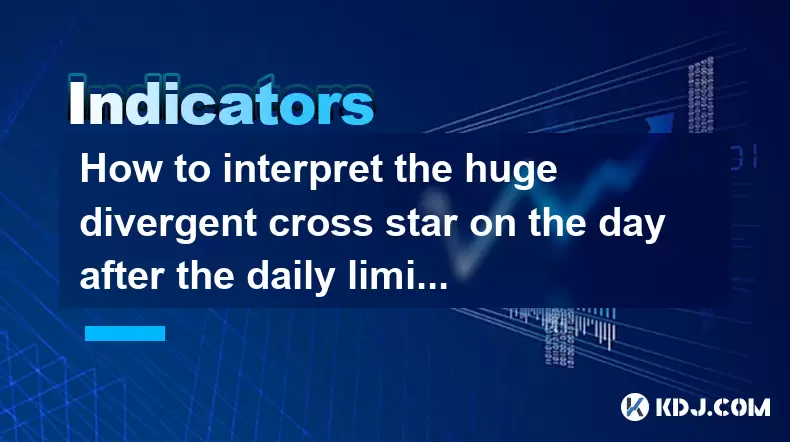-
 Bitcoin
Bitcoin $105,053.8967
0.28% -
 Ethereum
Ethereum $2,536.9103
0.49% -
 Tether USDt
Tether USDt $1.0004
0.01% -
 XRP
XRP $2.1735
1.51% -
 BNB
BNB $650.9659
-0.36% -
 Solana
Solana $146.0013
1.03% -
 USDC
USDC $1.0000
0.01% -
 Dogecoin
Dogecoin $0.1776
1.66% -
 TRON
TRON $0.2700
-1.20% -
 Cardano
Cardano $0.6367
0.08% -
 Hyperliquid
Hyperliquid $41.5154
4.36% -
 Sui
Sui $3.0303
1.00% -
 Bitcoin Cash
Bitcoin Cash $436.0395
5.03% -
 Chainlink
Chainlink $13.1926
-0.32% -
 UNUS SED LEO
UNUS SED LEO $9.0306
-0.41% -
 Stellar
Stellar $0.2595
0.37% -
 Avalanche
Avalanche $19.1528
0.37% -
 Toncoin
Toncoin $3.0008
1.46% -
 Shiba Inu
Shiba Inu $0.0...01218
4.24% -
 Hedera
Hedera $0.1597
4.06% -
 Litecoin
Litecoin $86.1907
2.88% -
 Polkadot
Polkadot $3.8078
-0.27% -
 Ethena USDe
Ethena USDe $1.0005
0.02% -
 Monero
Monero $315.3789
0.26% -
 Dai
Dai $0.9999
0.01% -
 Bitget Token
Bitget Token $4.5446
0.46% -
 Pepe
Pepe $0.0...01114
4.48% -
 Uniswap
Uniswap $7.3261
1.15% -
 Pi
Pi $0.5867
5.21% -
 Aave
Aave $276.8268
-2.40%
How long can KDJ rise after being overbought? Special judgment method when the indicator is blunted
The KDJ indicator, popular in crypto trading, signals potential price reversals but its overbought duration varies, requiring traders to use additional indicators for confirmation.
Jun 10, 2025 at 11:15 am

The KDJ indicator is a widely used technical analysis tool in the cryptocurrency trading community, designed to predict price reversals in the market. It is particularly popular among traders who aim to capitalize on short-term price movements. When the KDJ indicator enters an overbought state, it often signals that a potential price correction or reversal may be imminent. However, the duration for which the KDJ can remain overbought before a significant price change occurs is not fixed and can vary greatly depending on market conditions and the specific cryptocurrency being traded.
Understanding the KDJ Indicator
The KDJ indicator is composed of three lines: the K line, the D line, and the J line. The K and D lines are calculated based on the highest high, lowest low, and the closing price over a specific period. The J line is a more sensitive indicator, calculated as three times the difference between the K and D lines minus the D line. When the KDJ lines move above a certain threshold, typically 80, the market is considered overbought, suggesting that the asset may be due for a price correction.
Duration of Overbought Conditions
The length of time that the KDJ can remain in an overbought state varies widely. In some cases, the overbought condition may persist for just a few hours or days, while in other instances, it can last for weeks. Several factors influence this duration, including market sentiment, trading volume, and the presence of significant news or events that could impact the cryptocurrency's price.
Special Judgment Method When the Indicator is Blunted
When the KDJ indicator appears to be blunted or less responsive to price movements, traders need to employ special judgment methods to interpret the signals accurately. One effective approach is to combine the KDJ with other technical indicators, such as the Relative Strength Index (RSI) or the Moving Average Convergence Divergence (MACD). By cross-referencing signals from multiple indicators, traders can gain a more comprehensive understanding of market conditions and make more informed trading decisions.
Combining KDJ with Other Indicators
To enhance the reliability of the KDJ indicator when it is blunted, traders often look to other tools for confirmation. For instance, if the RSI also indicates an overbought condition, it strengthens the case for a potential price correction. Similarly, if the MACD shows bearish divergence, it may signal that a downward price movement is more likely. By integrating these indicators, traders can better navigate periods when the KDJ appears less reliable.
Practical Application in Cryptocurrency Trading
In the context of cryptocurrency trading, applying the KDJ indicator effectively requires a nuanced approach. Traders should monitor the KDJ in conjunction with price charts and other technical indicators to identify potential entry and exit points. For example, if the KDJ enters an overbought state and the price of a cryptocurrency is nearing a significant resistance level, it may be a good opportunity to sell or short the asset. Conversely, if the KDJ moves into an oversold state near a strong support level, it could be a signal to buy.
Case Study: Bitcoin and KDJ
Let's consider a practical example with Bitcoin. Suppose the KDJ indicator for Bitcoin enters an overbought state, with all three lines above the 80 threshold. If this condition persists for several days and the price of Bitcoin continues to rise without any significant pullback, traders might start to question the reliability of the KDJ signal. In such a scenario, it would be prudent to check other indicators like the RSI or MACD for additional insights. If these indicators also suggest overbought conditions, it might reinforce the expectation of a forthcoming price correction.
Trading Strategies Based on KDJ
Developing a trading strategy that incorporates the KDJ indicator involves setting clear rules for entry and exit points. For instance, a trader might decide to sell a portion of their holdings when the KDJ enters an overbought state and the price touches a resistance level. Conversely, they might buy when the KDJ moves into an oversold state and the price approaches a support level. Additionally, using stop-loss orders can help manage risk and protect against unexpected market movements.
Monitoring and Adjusting to Market Conditions
The cryptocurrency market is highly volatile, and conditions can change rapidly. Traders need to stay vigilant and continuously monitor their chosen indicators, including the KDJ, to adjust their strategies accordingly. If the market enters a prolonged bullish trend, the KDJ may remain overbought for an extended period. In such cases, traders might need to adjust their expectations and consider using longer time frames for their analysis to better capture the overall market trend.
Frequently Asked Questions
Q: Can the KDJ indicator be used effectively in all market conditions?
A: While the KDJ indicator is a powerful tool for identifying overbought and oversold conditions, its effectiveness can vary depending on market volatility and trends. In highly volatile markets, the KDJ may generate more false signals, necessitating the use of additional indicators for confirmation.
Q: How often should traders check the KDJ indicator?
A: The frequency of checking the KDJ indicator depends on the trader's strategy and time frame. For short-term traders, checking the indicator multiple times a day may be necessary, while long-term traders might only need to review it on a daily or weekly basis.
Q: Are there specific cryptocurrencies for which the KDJ indicator works better?
A: The effectiveness of the KDJ indicator can vary across different cryptocurrencies due to differences in market liquidity and volatility. Generally, it tends to work well with highly liquid assets like Bitcoin and Ethereum, but traders should always test the indicator on historical data for the specific cryptocurrency they are trading.
Q: Can the KDJ indicator be used alone for trading decisions?
A: While the KDJ indicator can provide valuable insights, it is generally recommended to use it in conjunction with other technical analysis tools. Relying solely on the KDJ may lead to false signals, especially during periods of high market volatility or when the indicator is blunted.
Disclaimer:info@kdj.com
The information provided is not trading advice. kdj.com does not assume any responsibility for any investments made based on the information provided in this article. Cryptocurrencies are highly volatile and it is highly recommended that you invest with caution after thorough research!
If you believe that the content used on this website infringes your copyright, please contact us immediately (info@kdj.com) and we will delete it promptly.
- Rexas Finance (RXS), Sui (SUI), Shiba Inu (SHIB), and Hedera (HBAR): 4 Cryptos to Watch in 2024
- 2025-06-14 21:50:12
- As Over $90 Billion in TVL Remains Untapped, a New Generation of Crypto Companies Emerges
- 2025-06-14 21:50:12
- Mutuum Finance (MUTM) Pre-Sale Raises $7.3M Awaiting 20% Cost Increase to $0.03
- 2025-06-14 21:45:12
- USD/CAD Depreciates as US Dollar Remains Subdued
- 2025-06-14 21:45:12
- Tariff Tensions Reinforce JPY Safe-Haven Appeal
- 2025-06-14 21:40:13
- President Trump's upcoming 100-day speech has attracted great attention in the cryptocurrency field.
- 2025-06-14 21:40:13
Related knowledge

How to calculate the probability of trend continuation after the MACD column divergence?
Jun 14,2025 at 08:01am
Understanding MACD Column DivergenceThe Moving Average Convergence Divergence (MACD) is a widely used technical indicator in cryptocurrency trading. The MACD column, also known as the histogram, represents the difference between the MACD line and the signal line. When price makes a new high or low but the MACD histogram does not confirm this movement, a...

What are the volume requirements for adjusting the K line in the "rising three methods" pattern?
Jun 14,2025 at 07:50am
Understanding the 'Rising Three Methods' Pattern in Cryptocurrency TradingThe 'rising three methods' pattern is a bullish continuation candlestick formation that traders often use to identify potential upward momentum in cryptocurrency price charts. This pattern typically appears during an uptrend and suggests that the trend is likely to continue after ...

What conditions must be met for the "Yang Bao Yin" pattern to be effective?
Jun 14,2025 at 06:42am
Understanding the 'Yang Bao Yin' Pattern in Cryptocurrency TradingThe Yang Bao Yin pattern is a candlestick formation commonly observed in technical analysis within the cryptocurrency market. This pattern typically signals a potential bullish reversal after a downtrend. However, for this pattern to be effective and reliable, certain conditions must be m...

Is the three consecutive negative lines with shrinking volume at high positions a signal that the main force has finished shipping?
Jun 14,2025 at 09:56am
Understanding the Concept of Three Consecutive Negative LinesIn cryptocurrency trading, three consecutive negative lines refer to a situation where an asset's price chart shows three successive candlesticks with closing prices lower than their opening prices. This pattern typically indicates bearish sentiment in the market. When this occurs at high posi...

Is it an opportunity for the long positive line with large volume to break through the platform and then shrink back?
Jun 14,2025 at 04:42am
Understanding the Long Positive Line with Large VolumeIn technical analysis, a long positive line refers to a candlestick pattern where the closing price is significantly higher than the opening price, often indicating strong buying pressure. When this occurs alongside large volume, it suggests that market participants are actively involved in pushing t...

How to interpret the huge divergent cross star on the day after the daily limit?
Jun 14,2025 at 02:35pm
Understanding the Divergent Cross Star PatternIn the realm of technical analysis within cryptocurrency trading, candlestick patterns are essential tools for predicting price movements. One such pattern is the divergent cross star, which appears as a doji or near-doji candle following a significant price move. When this pattern occurs the day after a dai...

How to calculate the probability of trend continuation after the MACD column divergence?
Jun 14,2025 at 08:01am
Understanding MACD Column DivergenceThe Moving Average Convergence Divergence (MACD) is a widely used technical indicator in cryptocurrency trading. The MACD column, also known as the histogram, represents the difference between the MACD line and the signal line. When price makes a new high or low but the MACD histogram does not confirm this movement, a...

What are the volume requirements for adjusting the K line in the "rising three methods" pattern?
Jun 14,2025 at 07:50am
Understanding the 'Rising Three Methods' Pattern in Cryptocurrency TradingThe 'rising three methods' pattern is a bullish continuation candlestick formation that traders often use to identify potential upward momentum in cryptocurrency price charts. This pattern typically appears during an uptrend and suggests that the trend is likely to continue after ...

What conditions must be met for the "Yang Bao Yin" pattern to be effective?
Jun 14,2025 at 06:42am
Understanding the 'Yang Bao Yin' Pattern in Cryptocurrency TradingThe Yang Bao Yin pattern is a candlestick formation commonly observed in technical analysis within the cryptocurrency market. This pattern typically signals a potential bullish reversal after a downtrend. However, for this pattern to be effective and reliable, certain conditions must be m...

Is the three consecutive negative lines with shrinking volume at high positions a signal that the main force has finished shipping?
Jun 14,2025 at 09:56am
Understanding the Concept of Three Consecutive Negative LinesIn cryptocurrency trading, three consecutive negative lines refer to a situation where an asset's price chart shows three successive candlesticks with closing prices lower than their opening prices. This pattern typically indicates bearish sentiment in the market. When this occurs at high posi...

Is it an opportunity for the long positive line with large volume to break through the platform and then shrink back?
Jun 14,2025 at 04:42am
Understanding the Long Positive Line with Large VolumeIn technical analysis, a long positive line refers to a candlestick pattern where the closing price is significantly higher than the opening price, often indicating strong buying pressure. When this occurs alongside large volume, it suggests that market participants are actively involved in pushing t...

How to interpret the huge divergent cross star on the day after the daily limit?
Jun 14,2025 at 02:35pm
Understanding the Divergent Cross Star PatternIn the realm of technical analysis within cryptocurrency trading, candlestick patterns are essential tools for predicting price movements. One such pattern is the divergent cross star, which appears as a doji or near-doji candle following a significant price move. When this pattern occurs the day after a dai...
See all articles

























































































